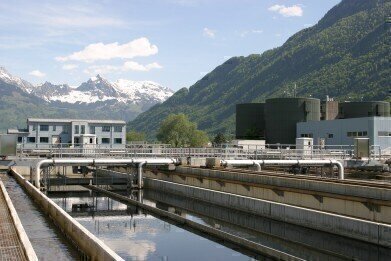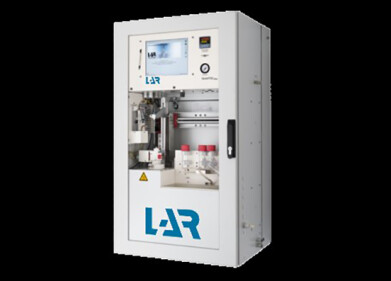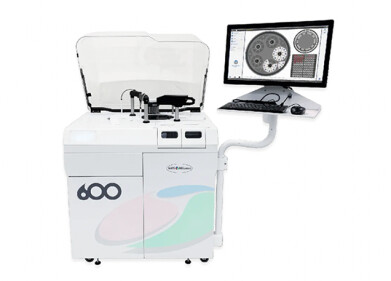Wastewater Analysis
How Is Urban Wastewater Treated?
Jun 23 2021
Urban wastewater management is an important component of protecting the natural environment surrounding a human community – as well as the residents living within it. In order to deal with the issue, urban wastewater treatment plants (UWWTPs) are tasked with collecting, treating and discharging the wastewater back into the environment in a safe and ecologically friendly manner.
UWWTPs receive the wastewater from a variety of sources. As well as the grey water generated by homes and businesses, UWWTPs also handle industrial wastewater, as well as the run-off from storm drains, agricultural fields and other areas which become flooded in times of heavy precipitation. It is the duty of UWWTPs to remove harmful toxins, chemicals and nutrients from this wastewater before it can be returned to the natural environment.
Why is urban wastewater treated?
First and foremost, urban wastewater is treated in order to make it safe and sanitary to humans, animals and plant life. An excess of certain contaminants can have detrimental impacts upon wildlife, while if nutrients such as nitrogen and phosphate are allowed to infiltrate aquatic ecosystems in large concentrations, they can provoke eutrophication and promote proliferation of certain species to the detriment of others.
A secondary objective of wastewater treatment is the reuse and recycling of the water itself. Once the water has been successfully treated, it can potentially be used for irrigation purposes to help cultivate crops or public parks. This is especially important in parts of the globe which suffer from water scarcity, since optimal use of this precious resource is key to ensuring the populations and the economies of such countries survive and thrive.
How is urban wastewater treatment?
There are a number of complex biological processes which separate the solids from the liquids in wastewater samples, thus removing them of their impurities. In particular, targeted techniques of isolating and removing organic, nitrogen and phosphate pollution are commonplace in all UWWTPs, with ammonification, assimilation, nitrification and denitrification among the most popular methods of doing so.
As well as treating the wastewater, the UWWTPs are also responsible for monitoring and reporting upon the matter which they handle. Thankfully, technological advances have made this process increasingly more convenient for the relevant stakeholders, with novel methods for monitoring wastewater from the wastewater network and across the sewage treatment plant to aid optimisation now allowing UWWTP owners greater control and oversight than ever before.
How is urban wastewater regulated?
Since 1991, urban wastewater treatment and management has been regulated by the Urban Wastewater Treatment Directive (UWWTD). While a 2019 evaluation demonstrated that the Directive had been effective in reducing concentrations of both nitrogen and phosphate in urban wastewater, it also found that it required revision in order to address certain shortcomings and make it fit for purpose in today’s modern world.
With that in mind, the EU is currently holding a public consultation period, during which industry experts, interested stakeholders and members of the general public can put forward their opinions on any amendments to the UWWTD going forwards. If you’d like the become involved in the revision process and make your voice heard, simply visit the EU website and follow the links to the survey by July 21st 2021. Have your say today!
Digital Edition
AET 28.4 Oct/Nov 2024
November 2024
Gas Detection - Go from lagging to leading: why investment in gas detection makes sense Air Monitoring - Swirl and vortex meters will aid green hydrogen production - Beyond the Stack: Emi...
View all digital editions
Events
Dec 02 2024 London, UK
Dec 03 2024 Dusseldorf, Germany
Dec 11 2024 Shanghai, China
Jan 12 2025 Abu Dhabi, UAE
Jan 14 2025 Abu Dhabi, UAE














.jpg)




